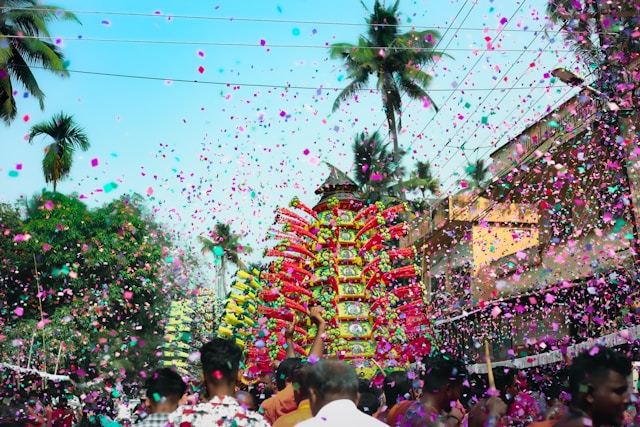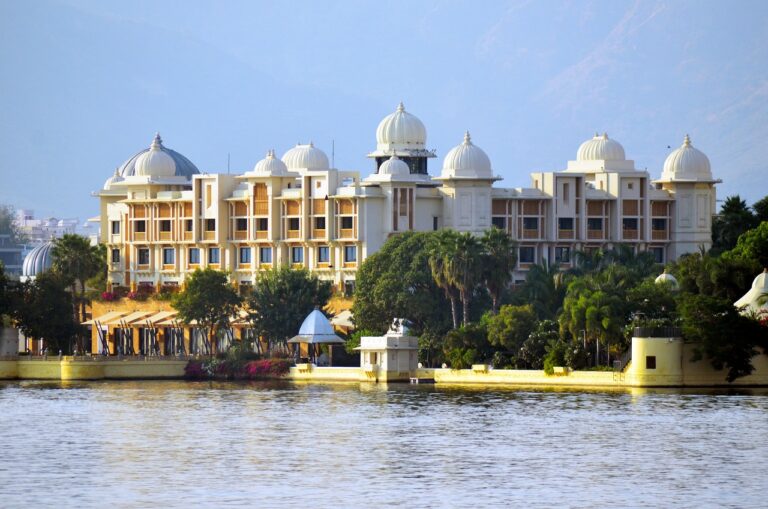India History – A Traveler’s Guide to the Past
India, a land of rich cultural heritage and ancient civilizations, has a fascinating history that spans millennia. From the remains of the Indus Valley Civilization to the architectural marvels of the Mughal Empire, India’s past is a tapestry woven with tales of dynasties, empires, and cultural influences that have left an indelible mark on the country’s landscape and traditions.
The Indus Valley Civilization
One of the earliest known civilizations in the world, the Indus Valley Civilization, flourished in the northwestern regions of the Indian subcontinent around 3300-1300 BCE. The archaeological sites of Mohenjo-daro and Harappa offer a glimpse into the advanced urban planning, sophisticated drainage systems, and intricate seals that characterized this ancient civilization. Travelers can explore these fascinating ruins and marvel at the ingenuity of these ancient people.
Travel Tip: Visit the archaeological museums in cities like Delhi and Lahore to see the artifacts and learn more about the Indus Valley Civilization.
The Maurya and Gupta Empires
The Maurya Empire, founded by Chandragupta Maurya in 322 BCE, was one of the largest empires in ancient India, spanning from modern-day Afghanistan to Bengal. The Gupta Empire, which ruled from the 4th to the 6th century CE, is often referred to as the Golden Age of India, known for its advancements in mathematics, astronomy, and literature. Travelers can visit the UNESCO World Heritage sites of Sanchi and Khajuraho, which showcase the architectural marvels and intricate sculptures from these eras.
Travel Tip: Hire a knowledgeable guide to gain a deeper understanding of the historical significance and cultural context of these ancient sites.
The Mighty Mughals
The Mughal Empire, which ruled India from the 16th to the 19th century, left an indelible mark on the country’s architecture, art, and culture. The iconic Taj Mahal in Agra, a UNESCO World Heritage site, is a testament to the Mughals’ architectural prowess and stands as a symbol of undying love. Other notable Mughal monuments include the Red Fort in Delhi, the Fatehpur Sikri complex, and the intricate tombs and mosques scattered across the country.
Travel Tip: Plan your visit to Agra during the early morning or late evening hours to experience the Taj Mahal in its most enchanting light.
British Colonial Era
The British colonial era, which spanned from the 18th to the mid-20th century, left a profound impact on India’s history and landscape. Travelers can explore the remnants of British rule in cities like Kolkata, where the Victoria Memorial and St. Paul’s Cathedral stand as architectural legacies. The historic cities of Delhi and Mumbai also bear witness to the colonial influence through their urban planning and architectural styles.
Travel Tip: Consider taking a heritage walking tour in cities like Delhi and Kolkata to gain insights into the colonial era and its impact on Indian society.
Cultural Heritage and Traditions
India’s rich history is interwoven with its diverse cultural heritage and traditions. From the vibrant festivals and traditional art forms to the culinary delights and intricate textiles, India’s cultural tapestry is a testament to its past. Travelers can experience these living traditions by attending festivals, exploring rural villages, and immersing themselves in the local customs and rituals that have been passed down through generations.
Travel Tip: Respectfully participate in local festivals and traditions, and engage with the local communities to gain a deeper appreciation for India’s cultural richness.
Must-Know Facts for Travelers
- The Indus Valley Civilization, dating back to 3300-1300 BCE, is one of the earliest known urban civilizations in the world.
- The Maurya Empire, founded by Chandragupta Maurya in 322 BCE, was one of the largest empires in ancient India.
- The Gupta Empire, from the 4th to the 6th century CE, is known as the Golden Age of India, with significant advancements in various fields.
- The Mughal Empire, from the 16th to the 19th century, left an indelible mark on India’s architecture, art, and culture, including the iconic Taj Mahal.
- The British colonial era, spanning from the 18th to the mid-20th century, influenced India’s urban planning, architecture, and societal norms.
- India’s cultural heritage and traditions, including festivals, art forms, cuisine, and textiles, are deeply rooted in its rich history.
India’s history is a captivating tapestry of ancient civilizations, powerful empires, and diverse cultural influences. By exploring the iconic historical sites, immersing yourself in the living traditions, and gaining insights into the profound legacies, travelers can embark on a journey through time and unravel the layers of India’s rich heritage.
Subscribe to Our Newsletter for Exclusive Travel Offers!






